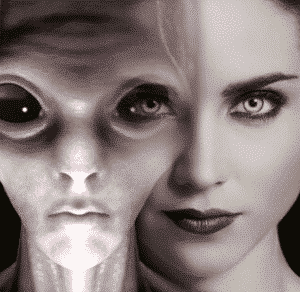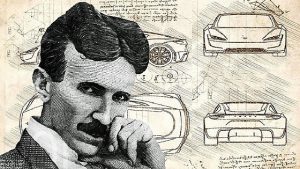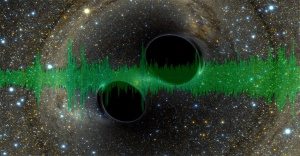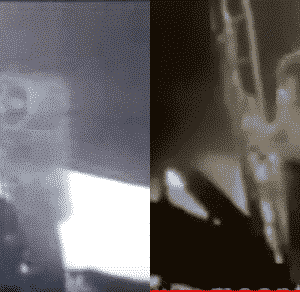Supercomputers excel in chess and outperform the human brain in terms of calculations per second. However, when it comes to certain tasks that our brains handle effortlessly, such as interpreting situations and employing imagination, creativity, and problem-solving abilities, computers fall short. The human brain is an extraordinary computational device, utilizing not only neurons but also the intricate network of connections between these neurons to process and make sense of information.
Then there’s the enigma of consciousness, a major puzzle in neuroscience. What is its origin? How does consciousness emerge from the complex interplay of neurons and synapses, essentially from a complicated mix of molecules and electrical signals?
A number of researchers believe that quantum phenomena, including entanglement, may play a crucial role in explaining the brain’s remarkable capabilities and its generation of consciousness. Recent experiments conducted by scientists at Trinity College Dublin, employing techniques designed to detect quantum gravity, have proposed that entanglement might be occurring within our brains. Should these findings be verified, they would mark a significant advancement in our comprehension of how the brain, including consciousness, functions.
Quantum Processes In The Brain
Intriguingly, there are indications that quantum mechanisms may be active within our brains, playing a role in how the brain interprets sensory input from the world. Additionally, certain isotopes present in our brain can influence both bodily and neural responses based on their nuclear spins. For instance, xenon with a nuclear spin of 1/2 is known to possess anesthetic effects, whereas xenon without any spin does not. Similarly, different isotopes of lithium affect the development and parenting behaviors in rats.
Despite these fascinating observations, the prevailing view is that the brain operates primarily on classical principles.
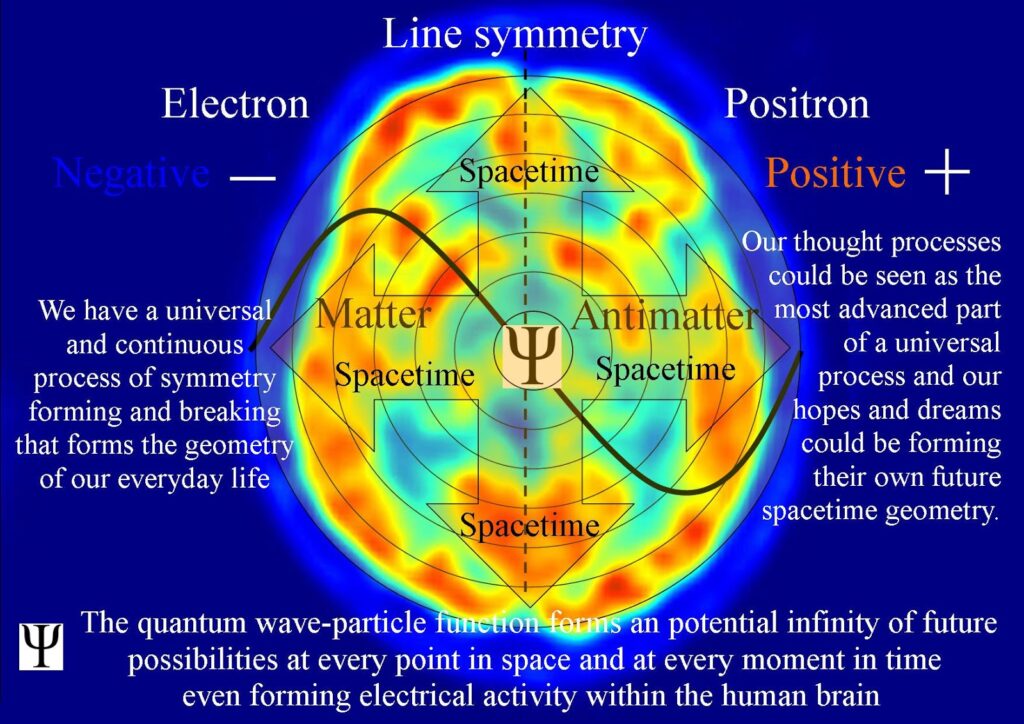
The potential presence of quantum processes in the brain raises significant challenges in detecting and understanding their function. The difficulty is compounded by our uncertainty about what precisely to look for. Christian Kerskens, a neuroscientist at Trinity College and co-author of the study, explained to Big Think, “If the brain uses quantum computation, then those quantum operators may be different from operators known from atomic systems.” This poses the question of how to measure an unknown quantum system, especially in the absence of any tools designed to detect such elusive, unidentified interactions.

Lessons from quantum gravity
Quantum gravity exemplifies a field within quantum physics that remains shrouded in mystery due to our limited understanding of its principles.
Physics can broadly be divided into two categories. One is the domain of the exceedingly small—the realm of atoms, photons, and the myriad particles and waves whose interactions defy the ordinary behaviors observed in our daily environment. The other domain is that of gravity, responsible for the orbits of planets and stars and anchoring us to the Earth. Quantum gravity seeks to bridge these two areas by formulating a comprehensive theory that elucidates the fundamental forces shaping our universe. Given the elusive nature of both quantum gravity and the quantum mechanisms potentially at play within the brain, Trinity College researchers have adopted a similar investigative approach employed in the quest to decode quantum gravity.
Taking entanglement to heart
Employing an MRI capable of detecting entanglement, researchers set out to investigate if proton spins in the brain could engage and entangle via an unknown mediator. This approach mirrors the investigative techniques used in quantum gravity studies, aiming to shed light on a mysterious system. “The unknown system may interact with known systems like the proton spins [within the brain],” Kerskens noted. “If the unknown system can mediate entanglement to the known system, then, it has been shown, the unknown must be quantum.”
The team conducted MRI scans on 40 individuals, monitoring the outcomes and linking the observed activities to the participants’ heartbeats.
The heartbeat transcends mere organ movement; it represents a component of the body’s bi-directional communication network with the brain, exchanging signals. This interaction is evident when the heart responds to various stimuli such as pain, focus, and motivation, and it also relates to phenomena like short-term memory and the aging process.
During the heart’s rhythmic pulsing, it produces what is known as the heartbeat potential, or HEP. The researchers noticed that each HEP peak coincided with a surge in the NMR signal, indicative of proton spin interactions. Such signals could signify entanglement, suggesting the presence of a quantum intermediary.
“The HEP is an electrophysiological event, similar to alpha or beta waves,” Kerskens elaborated. “The HEP’s connection to consciousness stems from its reliance on awareness.” Notably, the entanglement signal emerged solely during conscious states, as evidenced when it vanished upon two participants falling asleep during the scan.
The observation of entanglement within the brain could challenge the classical view of the brain, proposing instead that it operates on quantum principles. Should these findings be verified, they would mark a significant step towards understanding the quantum mechanisms the brain might employ in computation and consciousness management.

